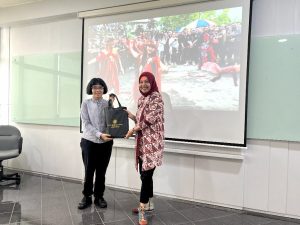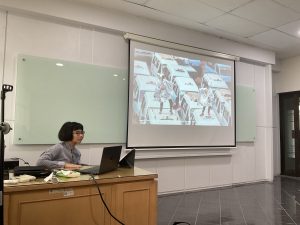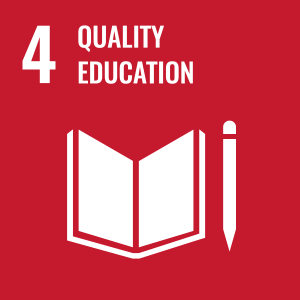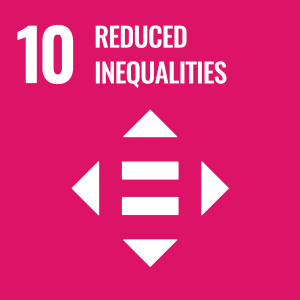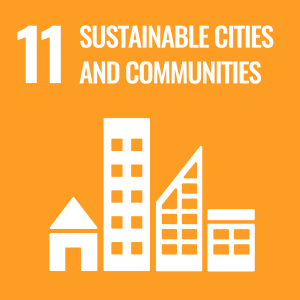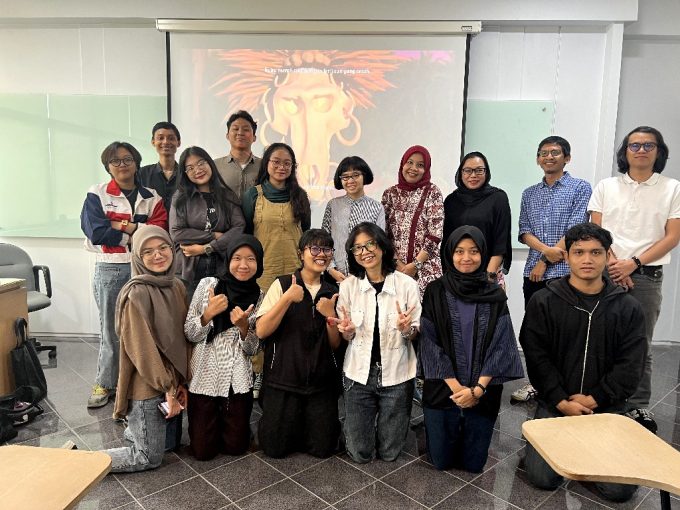
Yogyakarta, June 16, 2025 – The Graduate Program in Performing Arts and Visual Arts Studies (PSPSR) at Universitas Gadjah Mada (UGM) hosted a sharing session with visual artist Natasha Tontey. This event comprised a segment of the Visual Arts, Design, and Media Arts Studies course, which Dr. Rr. Paramitha Dyah Fitriasari S., Ant., M.Hum., teaches. The activity took place on Monday, June 16, 2025, from 10:00 AM to 12:00 PM WIB, in Room 407 of the UGM Graduate Building.
Under the theme “World-Building through Peculiar Pleasures: Kitsch, Autophagia, and Ancestral Ghost,” Natasha Tontey invited participants to delve into her artistic practice. This practice roots itself in the imagination of alternative worlds, collective trauma, and marginalized cultural experiences. She explained that the concept of world-building in her work does not merely involve creating narrative worlds, but rather a complex symbolic and spiritual world with a system of meaning derived from local roots.
Natasha Tontey shared her creative process in developing works such as Primate Visions: Macaque Macabre and The Order of Autophagia. Through these works, she explored the relationship between trauma, ancestral heritage, and unusual visual pleasures. She employed a striking and kitsch visual approach, utilizing sharp colors, inexpensive items, and a “tacky” aesthetic. She leverages this strategy as a method to address intergenerational wounds and open a speculative interpretive space for history and identity.
According to Tontey, kitsch is not merely a sentimental aesthetic element. She transforms it into a tool for deconstructing dominant narratives and elevating the experiences of marginalized groups. Thus, kitsch functions as a strategy for cultural critique, simultaneously serving as a tool for healing and speculation for a more inclusive future.
Tontey also explained the concept of autophagia, or “self-eating,” as a metaphor for the destruction-construction process within her artistic practice. Through this approach, she explores how processes of body, identity, and culture can recreate themselves reflectively and critically. Furthermore, she presented the ancestral ghost as a symbol of collective trauma, spiritual power, and a past legacy that remains present and influences the contemporary world.
The ensuing lively discussion covered various important topics. Participants discussed strategies for constructing meaningful visual narratives, utilizing kitsch as a method of empowerment, and the role of art as a space for alternative speculation amidst ecological and socio-cultural crises.
This activity significantly contributes to the achievement of several Sustainable Development Goals (SDGs). Firstly, it supports SDG 4 (Quality Education) by providing critical arts and culture-based learning. Secondly, by highlighting the voices of marginalized groups, this discussion aligns with SDG 10 (Reduced Inequalities). Finally, through preserving cultural memory and local spirituality in contemporary art, the activity contributes to SDG 11 (Sustainable Cities and Communities).
This sharing session provided an important space for students to understand art more deeply. They learned that art is not merely a form of visual expression; instead, it acts as a medium for shaping knowledge, voicing cultural resistance, and imagining a more just and inclusive future. (IP)


